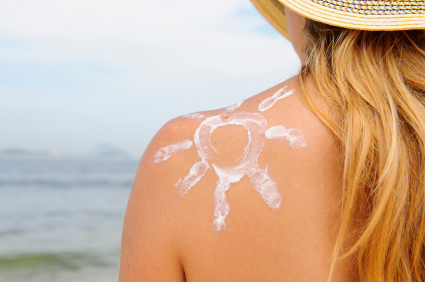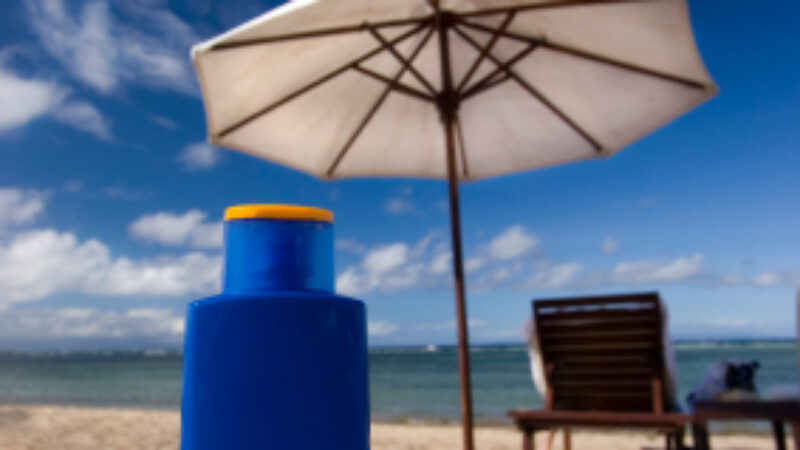After a long and unusually cold winter, spring is just around the corner, and for some of us, that means a well-deserved warm weather getaway, so what better time to talk about sunscreen labelling?
In 2011, the US FDA (Food and Drug Administration) took steps to help consumers better understand the type of protection they were getting when buying sunscreen. By December 2013, all over-the-counter sunscreens marketed in the US were required meet clearer FDA labelling regulations.
As you stock up on sunscreen for Spring Break and beyond, here are some key things to look for:
- Water resistance: Gone are the days of “waterproof”, “sweatproof” and “sunblock”. Sunscreens may now only claim to be water resistant. Currently, the industry standard for water resistance is 40 minutes of effective protection while swimming or sweating before reapplication is needed. We’ve noticed sunscreens still labelled as being waterproof on shelves. Keep in mind there is no such thing.
- Broad spectrum: Until recently, the main focus on sunscreen has been to protect from sunburn. The SPF (Sun Protection Factor) system only reflects the amount of protection provided against UVB rays, which cause sunburn. Within the last 10 years, it has become clear that UVA rays – longer and deeper penetrating than UVB rays – are largely responsible for premature signs of aging as well as many types of skin cancer. Only sunscreens that contain ingredients proven to protect against both UVA and UVB rays may be labeled as broad spectrum. One important thing to note: broad spectrum designation can only be used on sunscreens with SPF 15 or higher.
- Low SPF levels: Sunscreens with ratings of SPF 2 to SPF 14 can only claim to prevent sunburn: they cannot be claim to be broad spectrum. The FDA goes one step further by requiring all sunscreens that do not meet the SPF 15 minimum to carry an explicit advisory: “Skin Cancer/Skin Aging Alert: Spending time in the sun increases your risk of skin cancer and early skin aging. This product has been shown only to help prevent sunburn, not skin cancer or early skin aging.”
It’s no secret that we at PhaMix are fanatical about sunscreens in general and specifically about the stable, broad spectrum protection that Anthelios sunscreens provide. We welcome these new labelling changes because not all sunscreens are created equal. The best protection is knowing what you’re getting.




